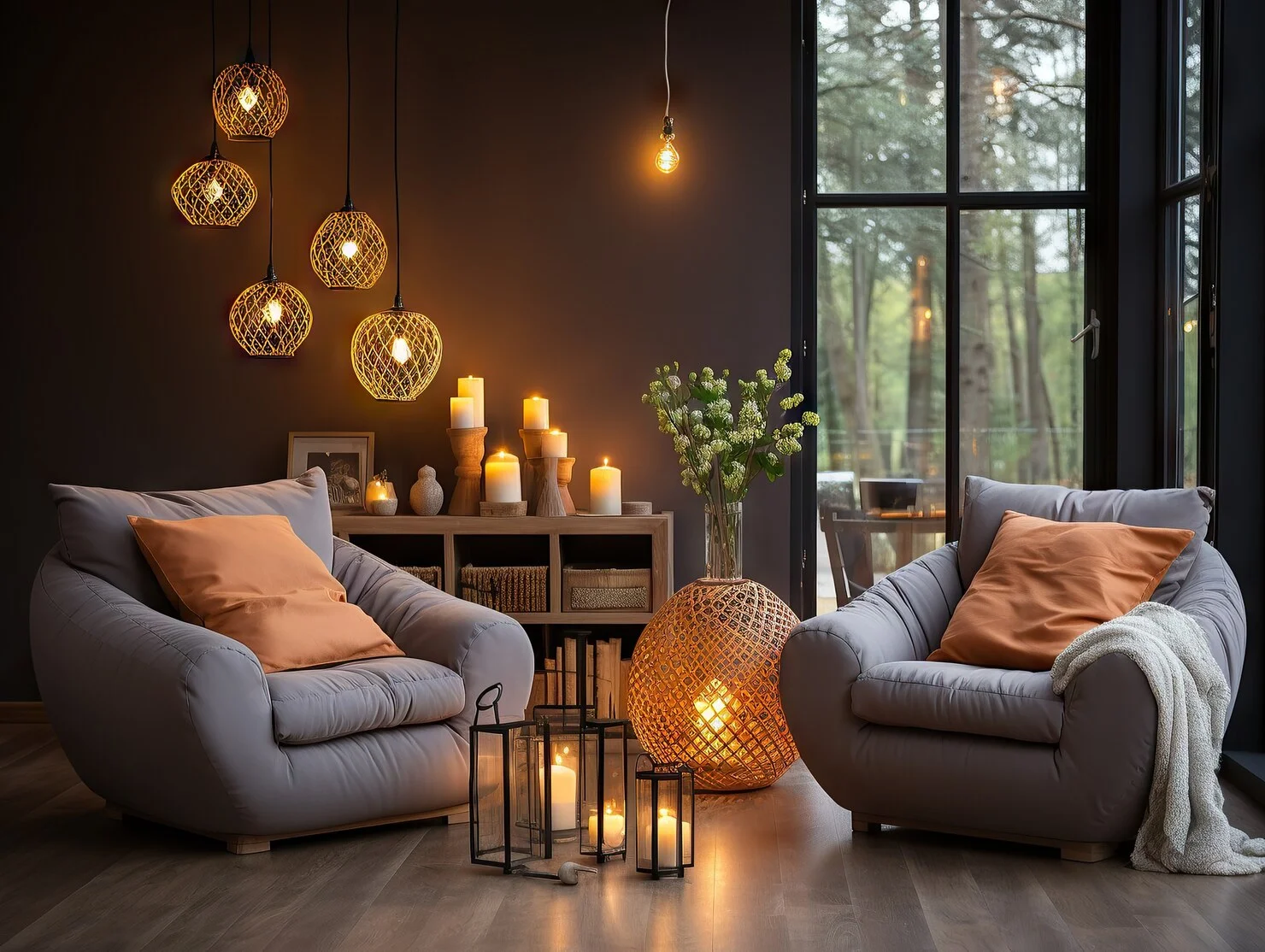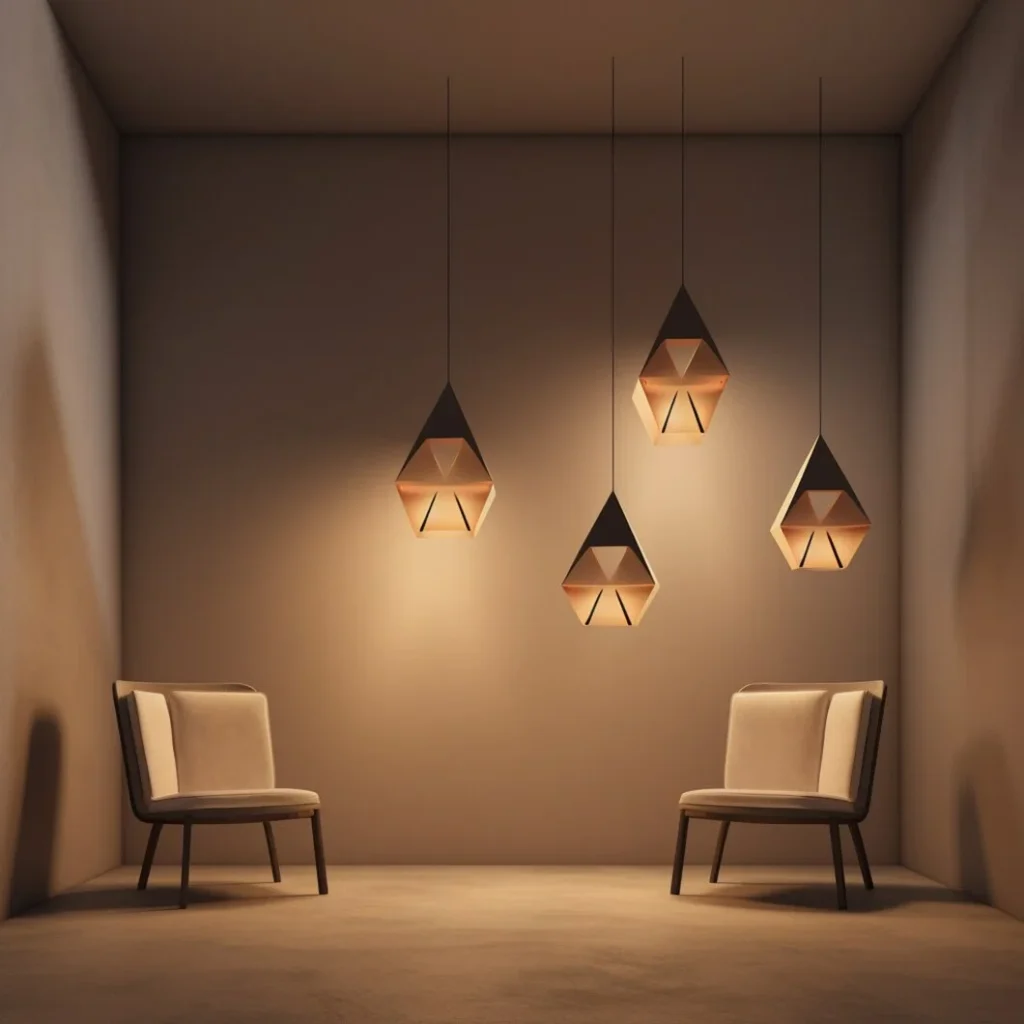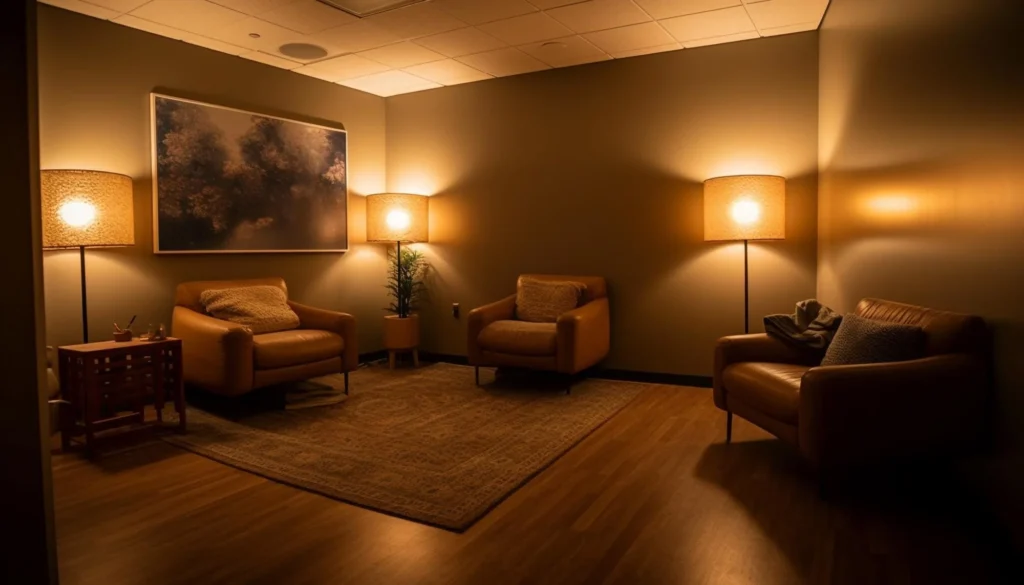
Lighting Discourse: What are You Getting Wrong about Your Lighting Scheme?
Lighting occupies a definite place in connotation to the big show of interior design. It is not a mere footnote or an afterthought utilization, but a quiet hero carving space, awakening emotions, and choreographing ambience. It is an unfortunate fact that even the most extravagant interiors can suffer severely from the bad lighting plan met at complacency rather than design. It is, as has always been true of the best interior decorators in Delhi, balance and layering, rather than the mere brightness or more poetic interplay between light and shadow.
Common Lighting Mistakes That Are Dimming Your Design — And How to Fix Them

The biggest error? One ceiling light trying to light up an entire room. Overhead lighting without any layer casts harsh shadows into corners, creating an uninviting atmosphere rudely contrasting emptiness with clinical sterility. Furniture, finishes, and faces vanish as though the whole room became one big stage loudly lit by nasty overhead lighting.
The Solution: Layer Your Lighting. Think of your room as a composition, where ambient, task, and accent categories of light each play their purposeful role. Layering your light not only improves the function of your room but also makes it appear much more interesting and welcoming.
The Solution: Create Harmony with Your Bulbs. Warm white (2700K-3000K) is best in intimate, warm settings like sleeping and lounging areas. For task-oriented areas like kitchens or offices, neutral/cool white (3500K-4100K) increases focus and clarity. If the temperatures are consistent, they build a story together and create pleasing relations.
The Solution: Include dimmers and smart lighting systems. With these, you can subtly control the brightness to the exact level homeowners want it for whatever combination of time, function, and atmosphere. Practical; it is also experiential luxury.
The Solution: Take note of proportions. The widths in inches of chandeliers or pendants, as a rule of thumb, should closely equal a room’s width plus length (in feet) to give the perfect fixture for that space. For example, a room that measures 10x12ft would fit perfectly with a lighting fixture measuring 22 inches wide. Rely on sizes to command and complement.

The Solution: Ideally map light in layers and clusters to come up with sets of illumination that match each functional niche. Wall sconces flanking a mirror, pendant lights over a kitchen island, and hidden LEDs in cabinetry all have their unique purpose but subtly add elegance to the space.
They are not just for lighting; they serve as sculptural expressions of vision. Yet between them, an individual ignores the magical transformational effect of investing in an outstanding lamp or pendant, relegating it to the status of an afterthought and not as a central theme within the spatial narrative.
The Solution: Consume lighting as part of your language on design. Integrate with artisanal lighting pieces—smoked glass pendant lamps, old-brass sconces, or modernist chandeliers—reflecting your design dialect while elevating the room’s visual rhythm.
Ultimately, illumination is a very elaborate symphony of appraising aesthetics and technical finesse. It should be a fine tune to be played in harmony with architectural rhythm, introduce break into chromatic arrangements, and echo across an overall design philosophy. Every bulb, every fixture, every beam of light must be filled with intentional purpose and very intentionally chosen intent.
For all those who dare abandon the commonplace and adopt lighting as an art story, the top interior decorators in Delhi offer the refined understanding and technical prowess to illuminate your home through artful precision. After all, lighting in the symphony of great design is the masterful crescendo sure to leave the most lasting impression.





Read recent articles
Finding the Perfect Size and Height for a Study Table for Ease of Studying !
How Commercial Interior Design Shapes Customer Experience – and Why It’s Crucial !
How to Make Home Lockers More Stylish and Attractive!